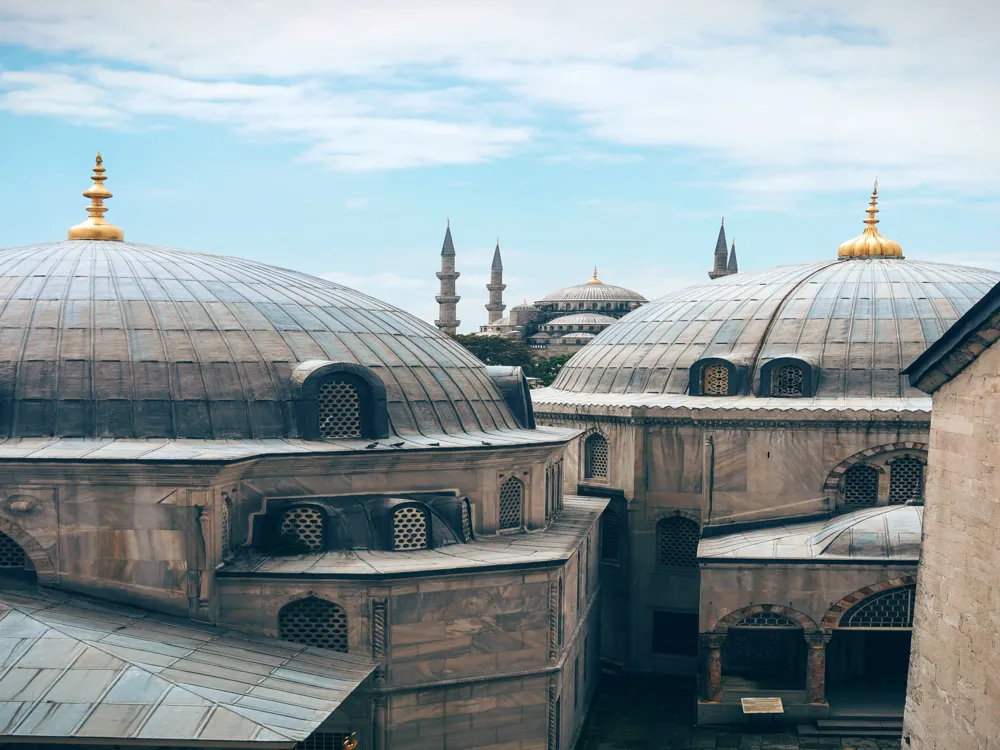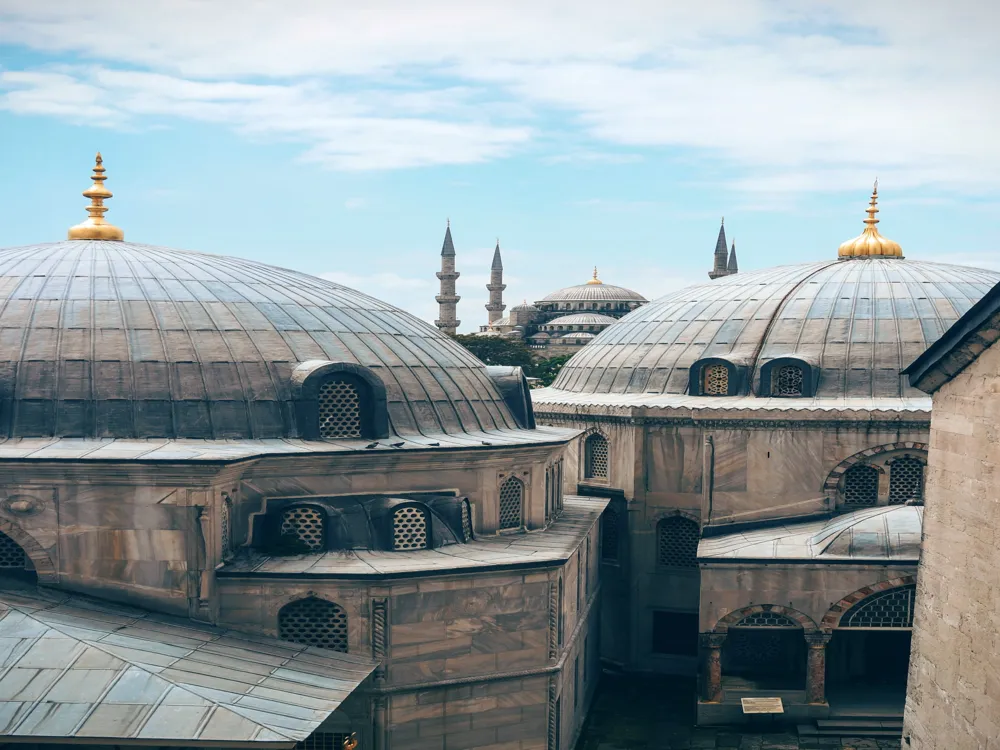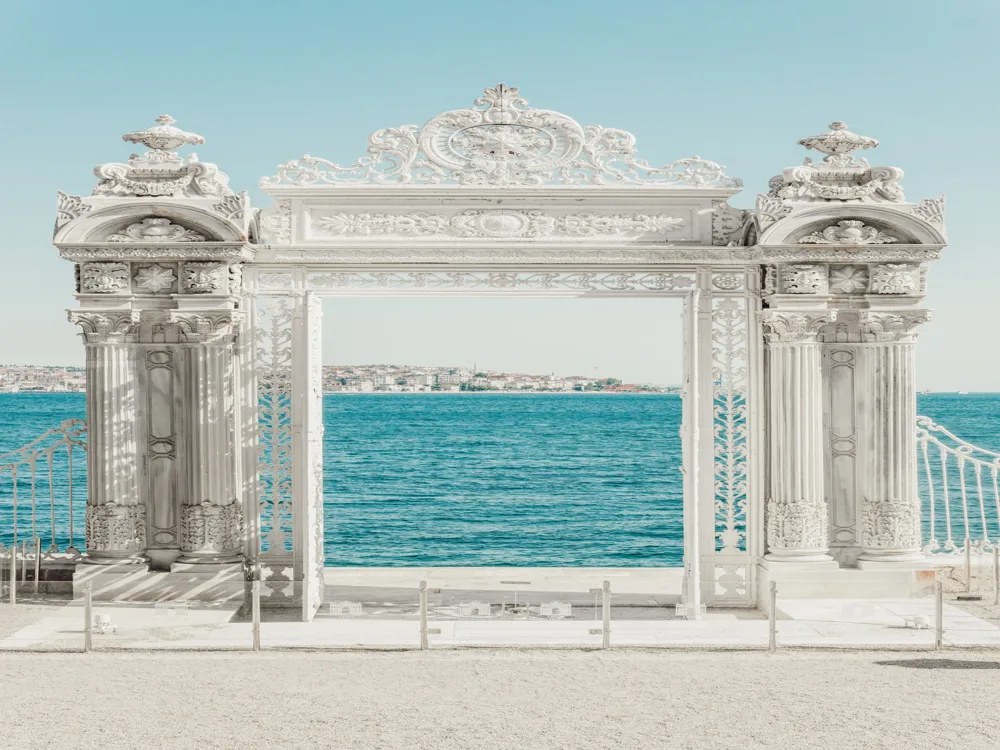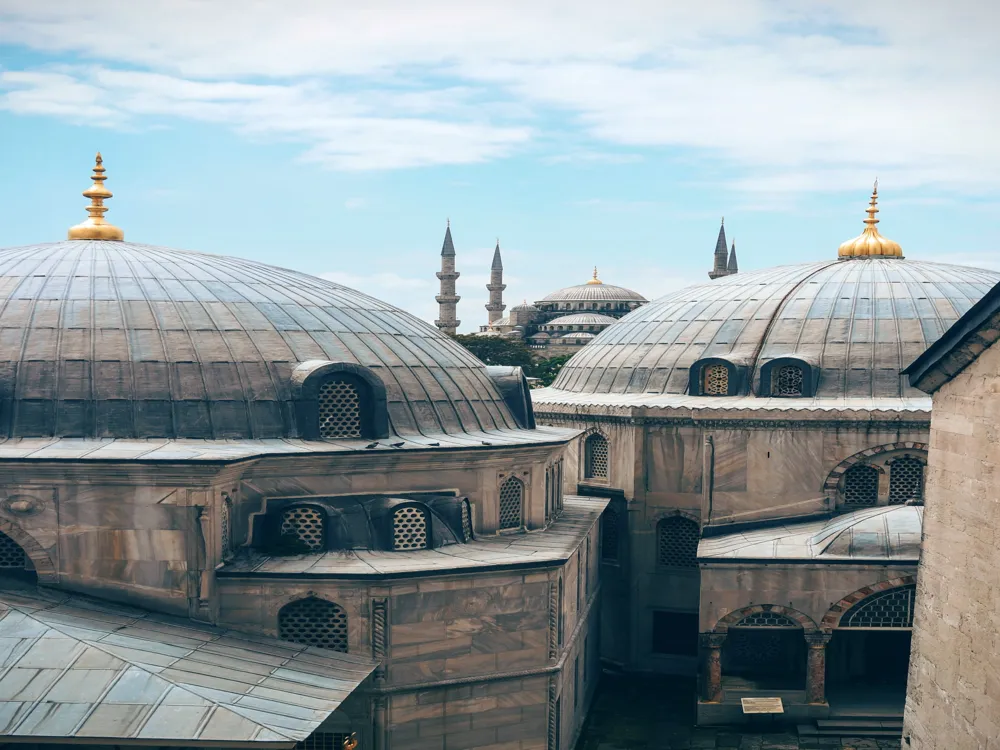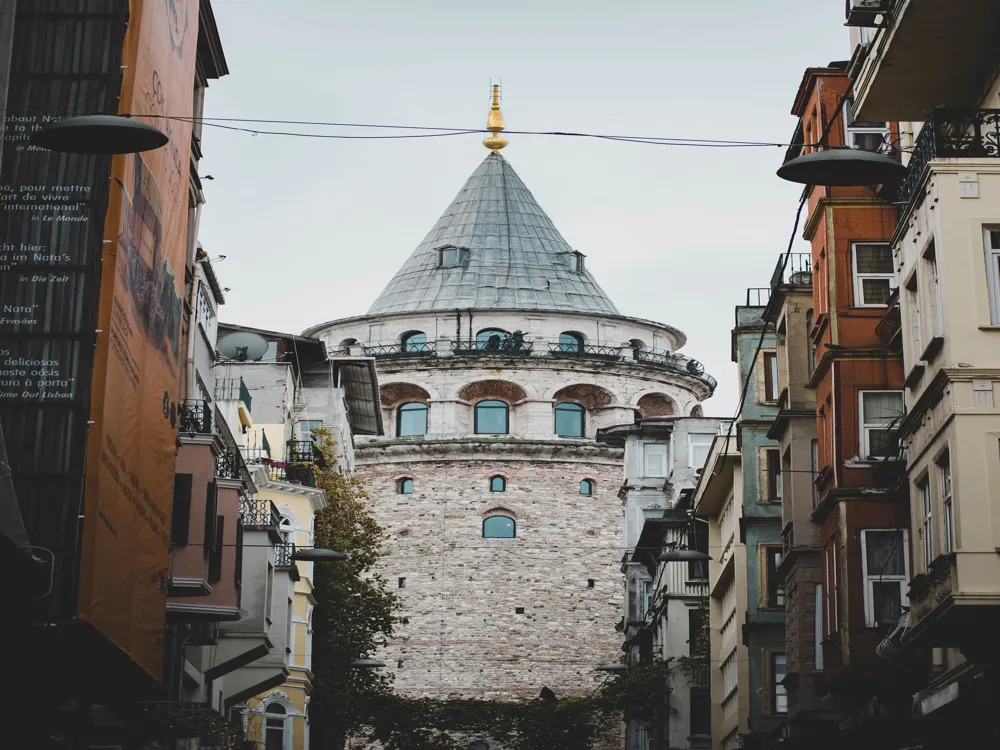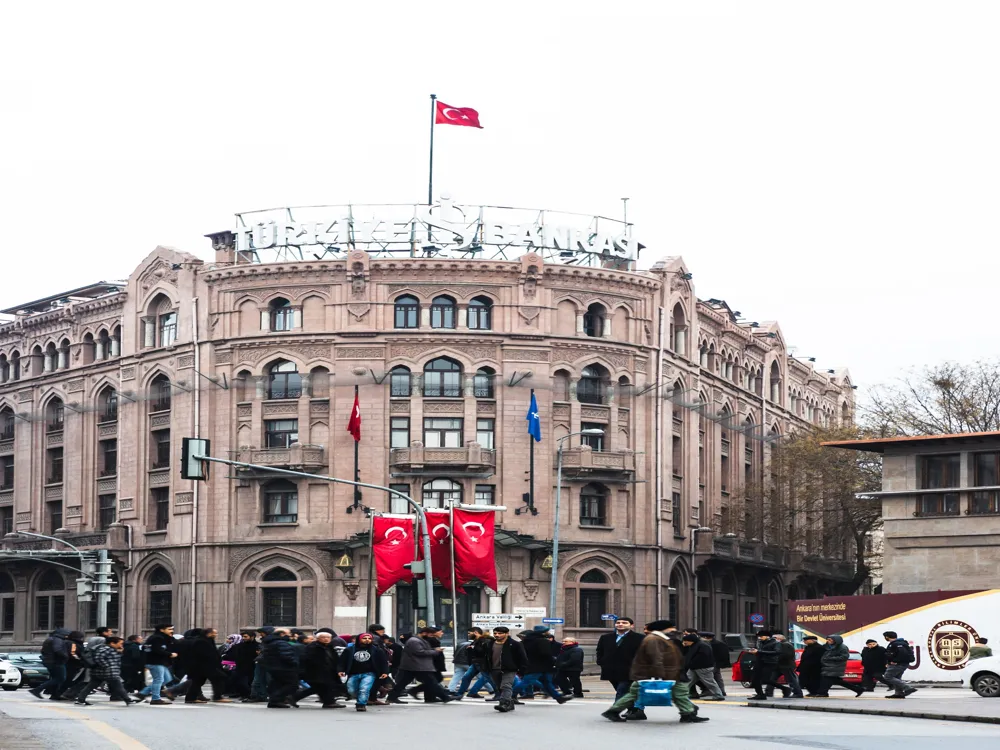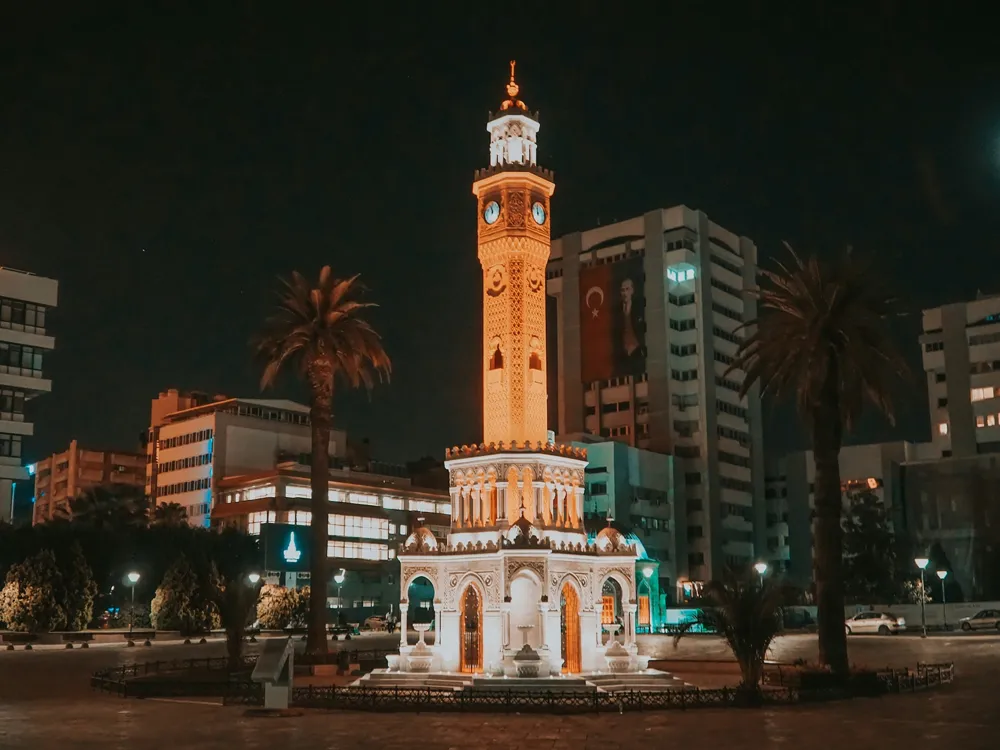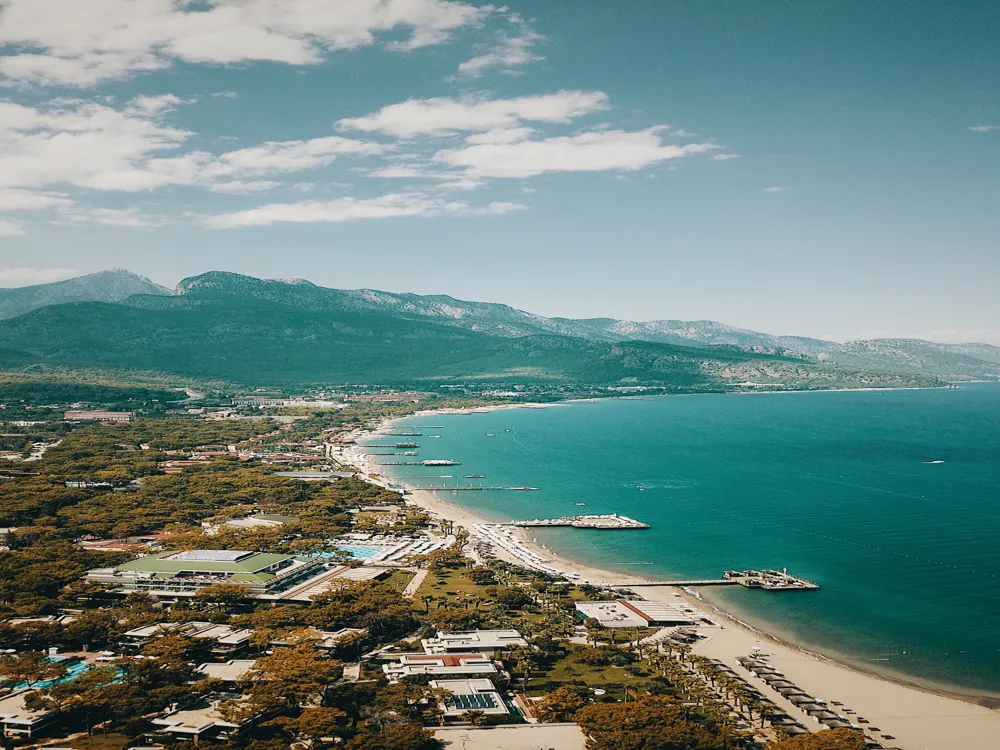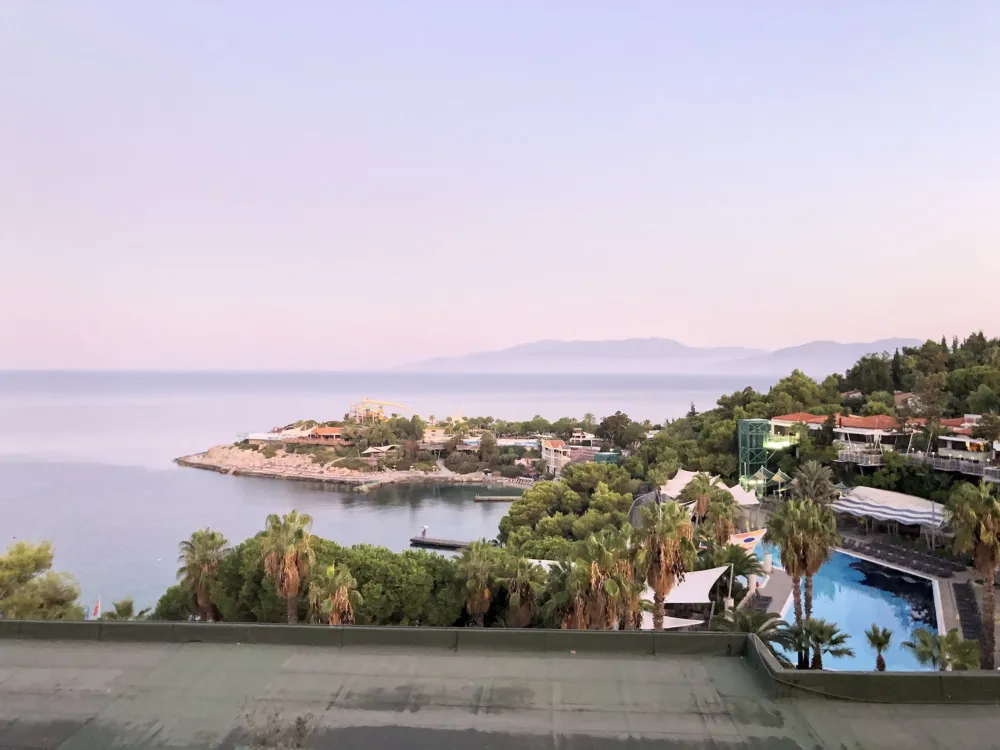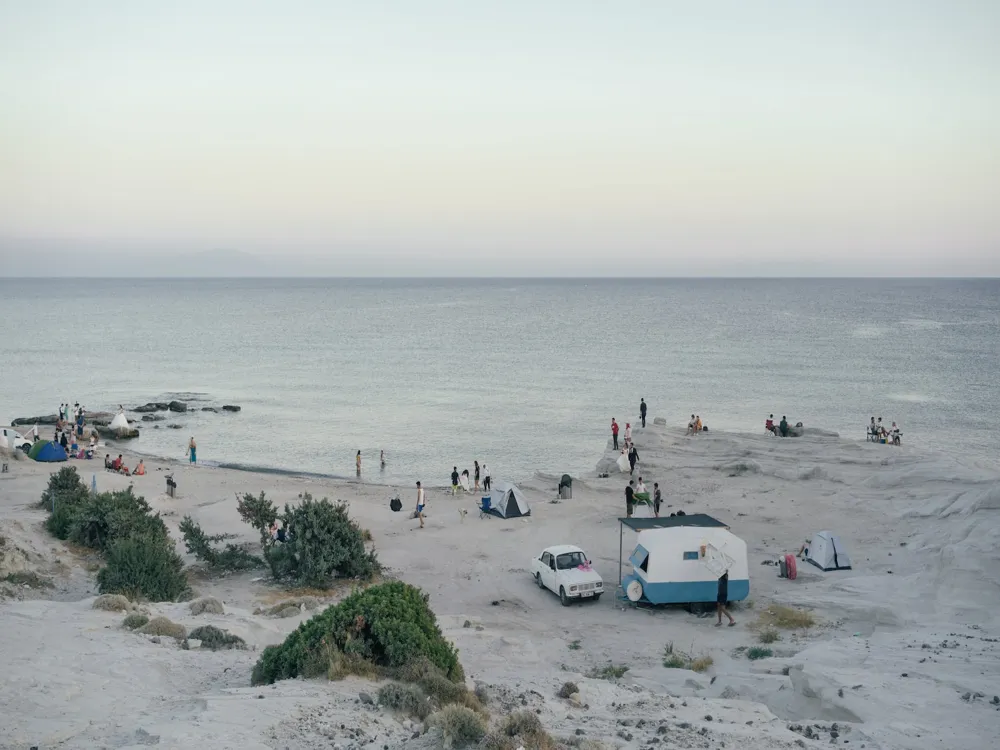The Suleymaniye Mosque, an iconic symbol of Istanbul, stands as a masterpiece of Ottoman architecture and a historical beacon reflecting the city's rich past. Commissioned by Sultan Suleiman the Magnificent, the mosque was designed by the renowned architect Mimar Sinan and completed in 1557. Its grandeur not only represents the zenith of Islamic art but also illustrates the cultural, artistic, and social dynamics of the Ottoman Empire's golden age. The mosque's design is a harmonious blend of Byzantine and Islamic architectural elements, showcasing Sinan's ingenuity in creating a structure that is both functional and aesthetically appealing. The mosque complex, or külliye, includes a hospital, a kitchen, a school, and the mausoleums of Sultan Suleiman and his wife Hurrem Sultan (Roxelana), indicating its role not just as a place of worship but also as a social and charitable center. Visitors are often captivated by the mosque's majestic dome, which soars 53 meters high and is supported by four colossal pillars. This architectural feat creates a sense of openness and light inside the mosque, which is further enhanced by the numerous windows that allow natural light to filter through, creating a serene and contemplative atmosphere. The interior is adorned with intricate Iznik tiles, calligraphy, and a striking mihrab and minbar made from finely carved marble. The Suleymaniye Mosque's harmony with its surroundings is another noteworthy aspect. It sits atop one of Istanbul's seven hills, offering a commanding view of the Golden Horn and the Bosphorus Strait. The mosque's four slender minarets, a reflection of Sultan Suleiman's status as the fourth Ottoman ruler after the conquest of Constantinople, elegantly punctuate the skyline. The surrounding gardens and courtyards provide a tranquil escape from the bustling city and serve as a vantage point to appreciate the mosque's architectural magnificence and the city's breathtaking views. The Suleymaniye Mosque is a crowning achievement in Islamic architecture, reflecting Mimar Sinan's expertise and the artistic vision of the Ottoman era. The mosque's architectural style is a sophisticated blend of traditional Islamic and Byzantine church designs, which Sinan refined to create a unique and harmonious structure. The central dome, with a diameter of 27.25 meters and a height of 53 meters, is an engineering marvel of its time. It is set on a square base, flanked by semi-domes, and supported by four massive piers, an innovation that allows for an expansive and obstruction-free prayer space. The dome's weight is cleverly distributed through the buttresses concealed in the walls' interior, a technique inspired by the Hagia Sophia. The mosque's interior is a testament to the artistic prowess of the Ottoman era. The use of light is particularly striking, with 138 windows that bathe the interior in a soft, ethereal glow, symbolizing the divine light of the heavens. The intricate tile work, featuring Iznik tiles with floral and geometric designs, adds to the interior's beauty. These tiles were a significant innovation of the time, noted for their vivid colors and durability. The mosque's exterior is equally impressive, with its courtyard, minarets, and surrounding structures. The courtyard, with its colonnaded arcade and central ablution fountain, provides a space for purification and reflection before entering the mosque. The four minarets, a distinctive feature, signify Sultan Suleiman's status as the fourth Ottoman Sultan since the conquest of Constantinople. Additionally, the complex includes a caravanserai, a medical college, a hospital, a kitchen, and baths, emphasizing the mosque's role as a center for social and educational activities. Visitors should dress modestly, covering shoulders and knees. Women are required to cover their heads, and scarves are often provided at the entrance. The mosque is closed to tourists during prayer times, particularly during the Friday noon prayer. It's best to check the prayer times in advance. Photography is allowed, but it's respectful to avoid flash. Be mindful of worshippers and avoid photographing people without their permission. Consider a guided tour to gain deeper insights into the mosque's history, architecture, and cultural significance. The mosque's complex includes beautiful gardens, tombs, and social welfare buildings, which are worth exploring. The Suleymaniye Mosque is centrally located in Istanbul and is accessible by various means of transportation. The easiest way to reach the mosque is by tram, getting off at the Beyazıt-Kapalıçarşı stop on the T1 line and walking uphill for about 10 minutes. For those preferring a more scenic route, a taxi or a bus can be taken to the Vezneciler stop. Istanbul's comprehensive public transport system, including metros, buses, and ferries, also makes it convenient for visitors to reach the mosque from different parts of the city. Additionally, many tourists prefer to visit the mosque as part of a guided tour, which often includes transportation. Read More:Overview of Suleymaniye Mosque, Istanbul
Architecture of Suleymaniye Mosque
Tips When Visiting Suleymaniye Mosque
Dress Appropriately
Respect Prayer Times
Photography Guidelines
Guided Tours
Explore the Surroundings
How To Reach Suleymaniye Mosque
Suleymaniye Mosque
Istanbul
₹ 27,999 onwards
View istanbul Packages
Weather :
Label : Popular among Locals
Tags : Mosque
Entry Fee : Free
Planning a Trip? Ask Your Question
Istanbul Travel Packages
View All Packages For Istanbul
Top Hotel Collections for Istanbul

Private Pool

Luxury Hotels

5-Star Hotels

Pet Friendly
Top Hotels Near Istanbul
Other Top Ranking Places In Istanbul
View All Places To Visit In istanbul
View istanbul Packages
Weather :
Label : Popular among Locals
Tags : Mosque
Entry Fee : Free
Planning a Trip? Ask Your Question
Istanbul Travel Packages
View All Packages For Istanbul
Top Hotel Collections for Istanbul

Private Pool

Luxury Hotels

5-Star Hotels

Pet Friendly





